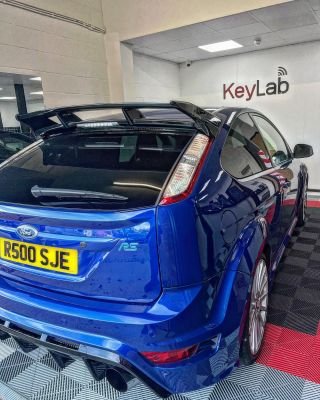How Much Does a Seat Replacement Key Cost?
 Losing your car key can be an extremely frustrating experience. Finding a replacement key from the dealer can be costly too. UK Auto Locksmith employs technicians who are well-versed in seat spare key models. They can provide you with affordable assistance.
Losing your car key can be an extremely frustrating experience. Finding a replacement key from the dealer can be costly too. UK Auto Locksmith employs technicians who are well-versed in seat spare key models. They can provide you with affordable assistance.
 We've all had that moment when we reach in the back seat replacement car key, Recommended Online site, to take off the car seat ibiza replacement key of a child and fail. It's embarrassing and annoying, but it happens to the very best of us.
We've all had that moment when we reach in the back seat replacement car key, Recommended Online site, to take off the car seat ibiza replacement key of a child and fail. It's embarrassing and annoying, but it happens to the very best of us.
Keys
Lost car keys are common and can be a major pain to deal with, but getting an replacement key from a dealer can be expensive. UK Auto Locksmiths will offer you a cheaper alternative and has the most up-to-date equipment and software that can help. All you require is an VIN number and proof of ownership to allow them to perform the task. They'll also need to know the kind of key you require. They can provide remotes, flip keys and even Fobs. They can also help you create new keys.
Remotes
Most seat arona key drivers keep a spare remote in the house or garage, but when they lose it getting replacement keys from a dealer is expensive and time consuming. This is because most dealers will programme the key using the car's computer which will need to be reset. However, many people buy second-hand keys off the internet that are not programmed to their car. This can be a much cheaper alternative to going to the dealer. But, these key will not start the car because they will not have a transponder chip inside them. You can see the chip (yellow) in this picture below, it is a Dual Inline Package or DIP 18 pin chip. There are also a diode, transistor and resonator, all these parts make up the key's circuit.
Immobilisers
As car immobilisers became popular in the latter part of the nineties, the number of car thefts began drop, however thieves are savvy and always trying to find ways to get around security systems. They were able to get through the early immobiliser systems using a scanner tool to locate the code on the transponder chip and then copying it to the blank key, but since then, technology has evolved and they've had to devise new tricks.
Fortunately, the majority of immobilisers we offer and install are Thatcham Cat 2 certified. This means they have been tested and certified by the Thatcham Research organisation. This non-profit organization is the grading and certification system for automotive aftermarket alarm and security devices, including car immobilisers.
When the Thatcham approved system is activated it will send a signal coded to the Engine Management System (EMS) of the vehicle, which stops the motor from running without the correct key. This means that if the car has been "hot wired" after entry, the engine will shut down within 30 seconds, rendering it impossible to start.
As with computers, the immobiliser may develop issues, and sometimes the battery inside or the key fob could need to be replaced. It is best to have experts handle the job, as they will make sure that everything is installed correctly and operates.
Transponders
A transponder sends an identifying signal back when it is being probed. This helps maintain separation between aircraft and identifies an aircraft to air traffic controllers if it is using an active radar system. The identifying information sent back by the transponder differs based on the type of system being used.
Transponders are also found in spacecraft and satellites to communicate with Earth systems such as cell phone networks or other networks of communication. They receive signals at a variety of frequencies, and then transmit them on another frequency, similar to the way repeaters work in land-based cellular phone networks.
The most sophisticated passive transponders are typically located on aircrafts. They monitor the status of flight and provide navigational information such as the aircraft’s position, speed and altitude. These transponders provide data that air traffic controllers use to manage flight paths, and also ensure safety.
In addition to aircraft transponders, many personal keys now contain a small transponder chip. These chips don't require batteries and are passive. This allows the ECU to read the transponder's signal when it is installed into the ignition lock.
The majority of aircrafts have a switch on the flight deck that enables pilots to turn on or off their transponders. They can also choose an "ident" mode that lets the transponder to transmit its unique squawk codes, which makes it stand out a busy air-traffic control screen.




